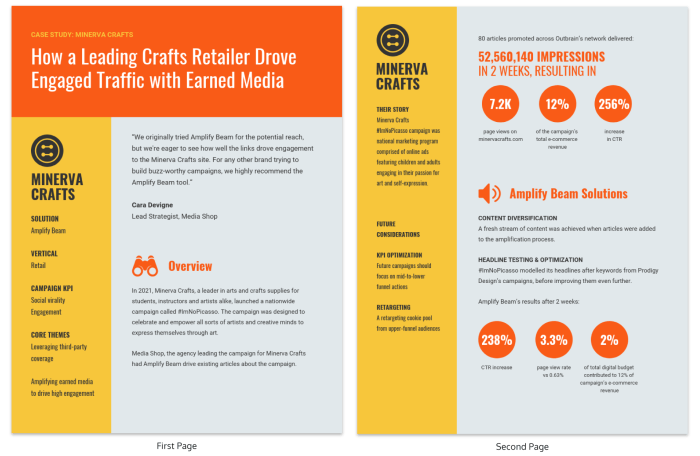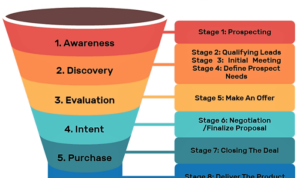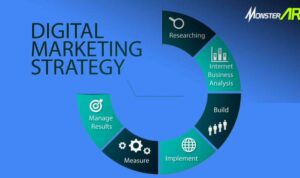Marketing with Case Studies dives into the real-life examples of successful strategies, building trust and credibility with potential customers through engaging formats and lead generation tactics.
Learn how to create compelling case studies and measure their impact for optimal results in your marketing campaigns.
Importance of Case Studies in Marketing

Case studies play a crucial role in marketing by showcasing real-life examples of successful strategies that have yielded positive results. These real-world examples provide valuable insights into the effectiveness of various marketing techniques and campaigns.
Benefits of Using Case Studies
- Illustrate Success: Case studies demonstrate how a particular marketing strategy or campaign has led to significant outcomes, such as increased sales or brand awareness.
- Evidence-Based Proof: By presenting actual data and results, case studies offer concrete evidence of the impact of marketing efforts, making them more convincing to potential clients or customers.
- Build Credibility: Sharing success stories through case studies helps build credibility and trust with potential customers, as they can see tangible proof of a company’s ability to deliver results.
Creating Engaging Case Studies
Creating a compelling case study is essential for capturing the attention of potential customers and showcasing the value of your products or services. Here are some tips on how to structure a captivating case study with a clear problem, solution, and results.
Structuring a Compelling Case Study
To create an engaging case study, follow these steps:
- Identify a specific problem or challenge faced by a customer.
- Explain how your product or service provided a solution to the problem.
- Showcase the results and benefits that the customer experienced after using your offering.
Engaging Formats for Case Studies
Consider using different formats to make your case studies more interesting:
- Video Case Studies: Create visually appealing videos that highlight the customer’s journey and success story.
- Interactive Case Studies: Develop interactive content that allows viewers to engage with the case study and explore the details.
- Downloadable PDFs: Provide downloadable PDF versions of your case studies for easy sharing and reference.
Importance of Data and Testimonials
Including data, statistics, and testimonials in your case study can add credibility and make it more persuasive. Customers are more likely to trust your offering when they see real results and positive feedback from other clients.
Leveraging Case Studies for Lead Generation: Marketing With Case Studies

When it comes to generating leads, case studies can be a powerful tool to capture potential customers’ contact information. By showcasing real-life examples of successful outcomes, you can build credibility and trust with your audience, making them more likely to provide their information in exchange for valuable insights.
Using Case Studies as Lead Magnets
One effective way to use case studies for lead generation is to offer them as lead magnets on your website. Create a landing page where visitors can download the case study in exchange for their contact details. This not only provides value to your audience but also helps you capture valuable leads.
Promoting Case Studies through Various Channels
- Utilize social media platforms to promote your case studies. Share snippets of the case study with a call-to-action to download the full version on your website.
- Incorporate case studies into your email marketing campaigns. Send out newsletters highlighting customer success stories and encourage readers to learn more by downloading the full case study.
- Consider using paid advertising to reach a wider audience. Create targeted ads that direct users to your case study landing page, where they can provide their contact information.
Optimizing Landing Pages for Maximum Lead Generation, Marketing with Case Studies
When creating landing pages for your case studies, it’s essential to optimize them for lead generation. Include clear and compelling calls-to-action that encourage visitors to download the case study. Use minimal form fields to reduce friction and make it easy for users to submit their information. Additionally, consider implementing A/B testing to determine which elements of your landing page are most effective in converting visitors into leads.
Measuring the Impact of Case Studies
When it comes to measuring the impact of case studies in marketing, it’s essential to track key metrics that can provide valuable insights into their effectiveness. By analyzing conversion rates, engagement levels, and return on investment (ROI), businesses can better understand the true impact of their case studies on sales and brand awareness.
Key Metrics to Track
- Conversion Rates: Monitoring the percentage of leads that convert into customers after engaging with a case study can help determine its success in driving sales.
- Engagement: Tracking metrics like time spent on the case study page, click-through rates, and social shares can indicate the level of interest and interaction from the audience.
- ROI: Calculating the return on investment from a case study by comparing the costs involved in creating it with the revenue generated can measure its overall effectiveness.
Analyzing Effectiveness
- Tools and Methods: Utilizing analytics platforms like Google Analytics, CRM systems, and marketing automation software can provide in-depth insights into how case studies contribute to sales and brand visibility.
- A/B Testing: Conducting A/B tests with different versions of case studies can help identify which elements resonate best with the target audience, allowing for optimization and improved results.




